| Title | Tiefenrekonstruktion vertikaler Konzentrationsprofile in der wasserseitigen Grenzschicht mittels spektroskopischer laserinduzierter Fluoreszenz (LIF) |
| Publication Type | Masters Thesis |
| Year of Publication | 1998 |
| Authors | Lode, U |
| University | Institut für Umweltphysik, Fakultät für Physik und Astronomie, Univ.\ Heidelberg |
| Abstract | A new laser-induced fluorescence (LIF) technique is presented to reconstruct depthresolved vertical two-dimensional concentration profiles of gases solved in water. It was developed to study small-scale processes in the viscous mass boundary layer. The key idea originated from differential optical absorption spectroscopy (DOAS). A fluorescence indicator with pH-dependent fluorescence intensity was used as a tracer. Gases changing the pH-value when solved in water, can be detected by a linear change in fluorescence intensity. A second absorbing dye causes a non-linear change of the measured spectra. Therefore the shape of the fluorescence spectrum depends on the pathlenght the light travels from the depth it originates from up to the water surface. A laser-lightsheet perpendicular to the water-surface is created and the fluorescence light integrated over depth is being spectrally analyzed by the designed prism-spectrometer. The spectra were measured by a CCD-camera as gray value images. A method to do a wavelength calibration is presented and used. The performed measurements combined with the modelling of the underlying processes have proven, that a depth-resolved reconstruction of concetration profiles is feasible with this technique. The reconstruction leads to problems, that are beeing solved by means of discrete inverse theory. Eventually the optimum set of parameters, that can be chosen is being calculated. |
| Citation Key | lode1998 |


